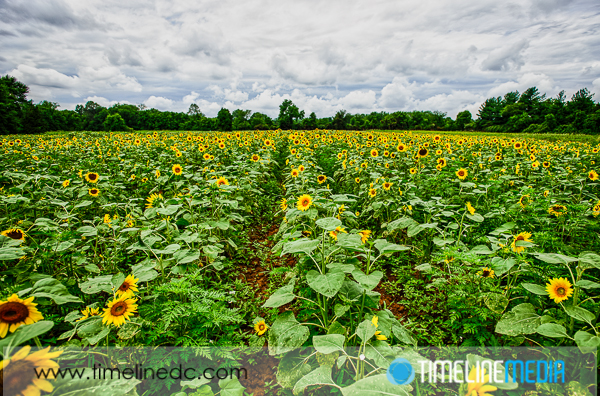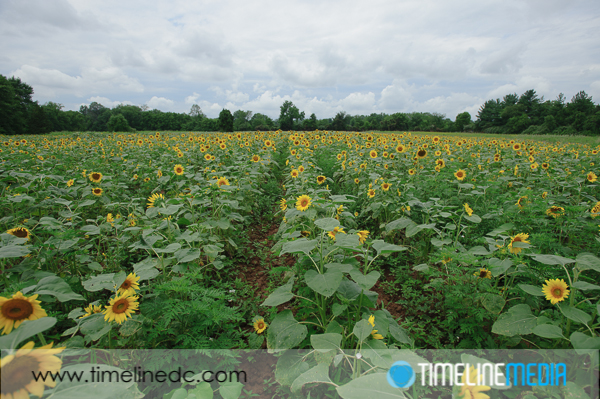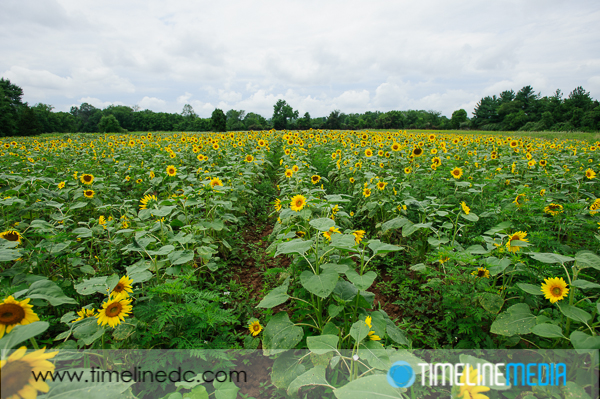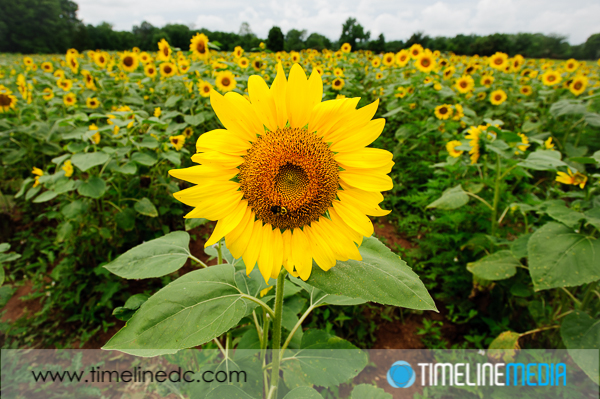
Music Direction
When I was four years old, my mother took me to my first piano lesson. This would be the start of 16 years of formal training in music. Many good lessons learned that translate to photography. One of my first lessons that I learned after getting my hands on the keys was how loud to play. The small “p” is musical notation for softly, quietly and the small “f” is the opposite – play loudly.
These are noted when the composer wants a change from how loud you were playing just before the notation. I remember it being more difficult for me to play quietly than to pound away on the keys! The concept that was taught from very early on was dynamics. It starts very simply, teaching student to play quiet or loud, but changing how loud you play notes increases the contrast that the audience hears in their ears. It expands the dynamic range of the music making it more interesting to listen.
Photography Dynamics
In photography, contrast is always a setting that you can adjust either in camera or in software. Increasing contrast in a photo will make dark parts of the image darker, and light parts brighter. Just as in a piece of music, the increase in dynamic range will make the photo more interesting to view for the eyes. Here is an example from our trip to the McKee-Beshers sunflower fields which illustrates the concept. This photo is how the camera captured it with default settings:
This is how most camera would capture the scene as you walked out into the field. It gets all the information, but there is no ‘pop’ out of the frame. With any photo editing software on your smartphone or computer, you can push the contrast in the frame:
With just that simple change, the image is already a step above what most people will post online from their point-and-shoot cameras and cell phone cameras. It does take a little effort, but it is worth it to make your photography stand out a little from what it posted out there.
Since I had the time, I took a few bracketed exposures to make a high-dynamic range image of the sunflower field. This really increases the local contrast of each of the colors, and gives a more surreal representation of the scene. I tried to make it a little closer to how your eyes will see the scene since the human eye can see much more range of brightness than the camera. I think it came out well!
TimeLine Media – www.timelinedc.com
703-864-8208





